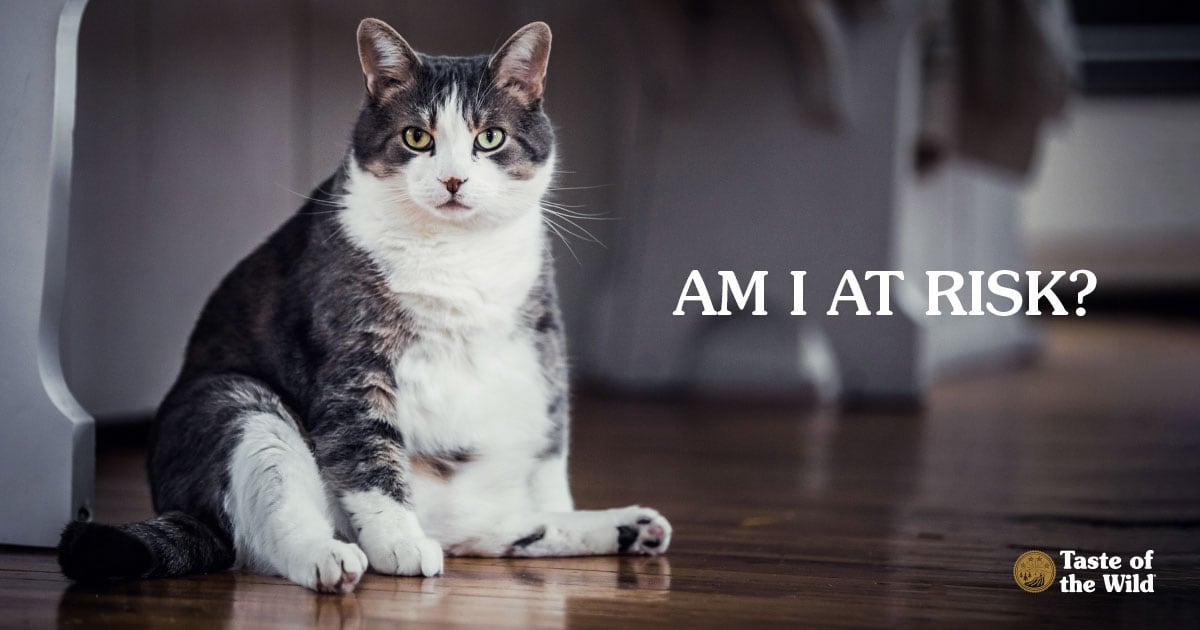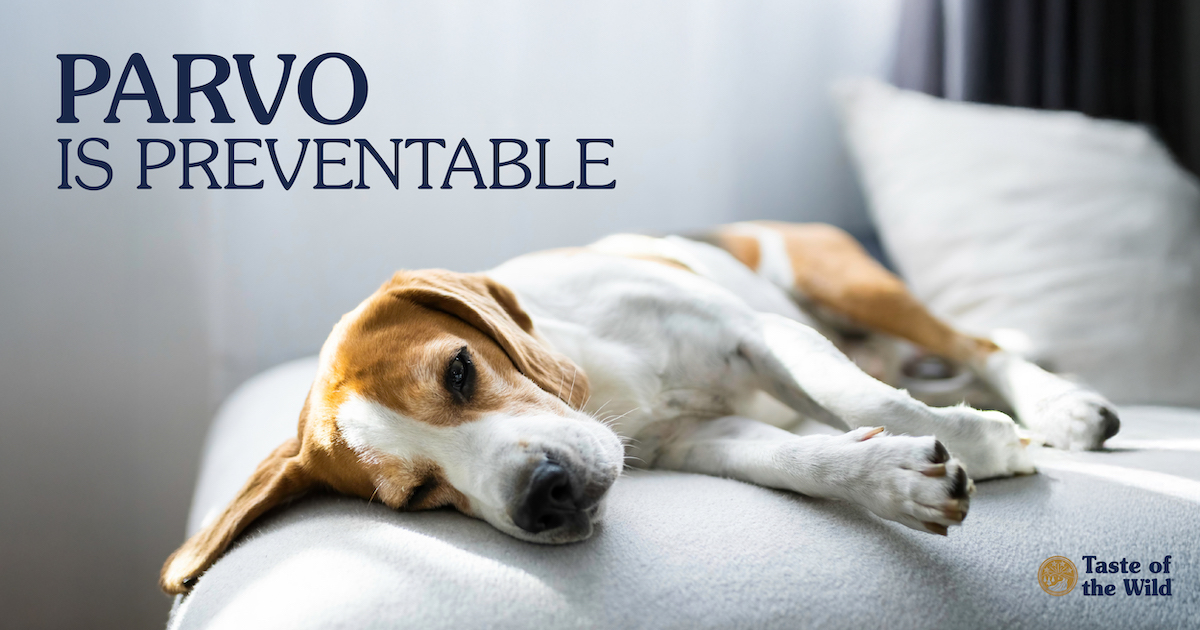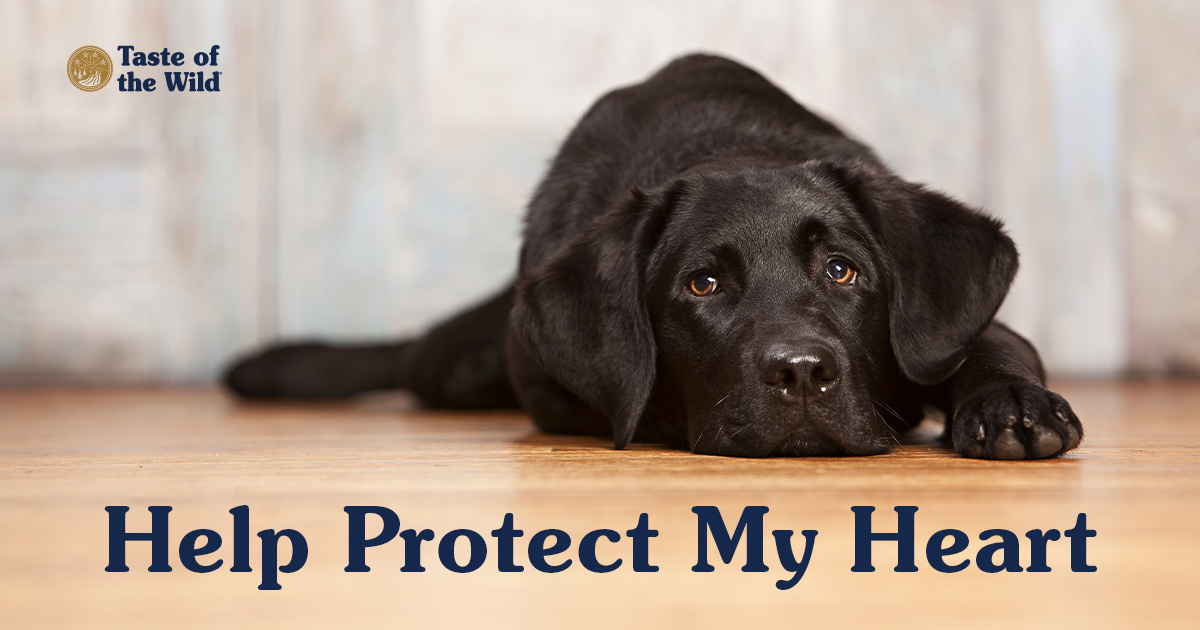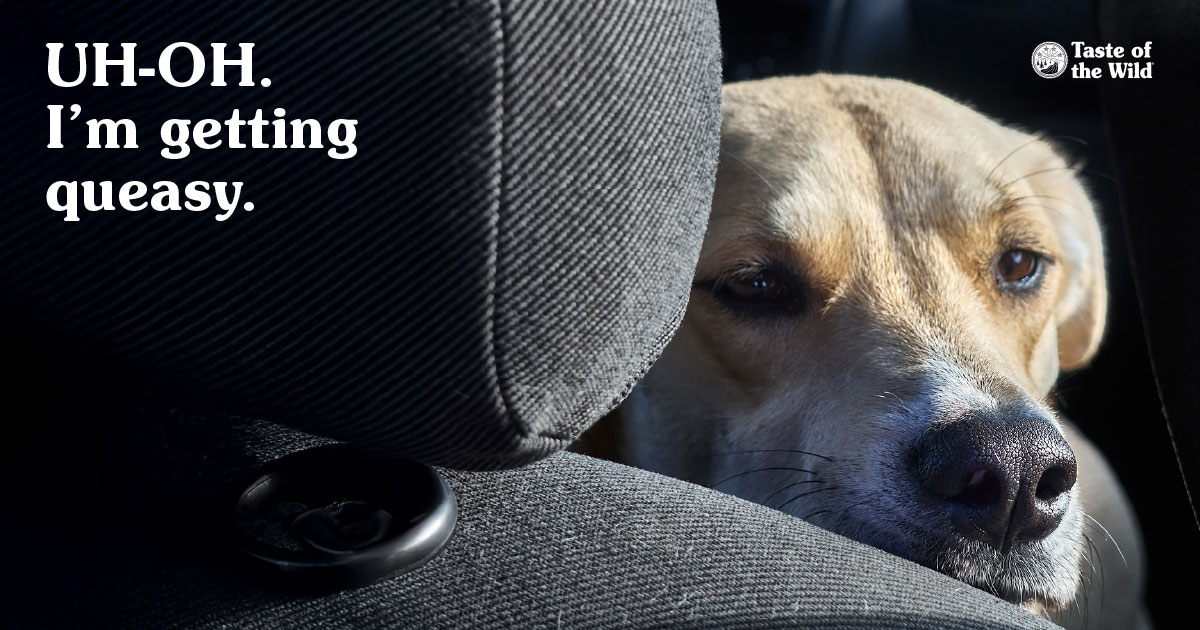National Pet Diabetes Month Is a Good Time to Consider Why Your Tabby Is Tubby
Thursday, November 7, 2019 | Health

If your cat is a bit rounder than they used to be, that’s not so unusual. A new study, which collected weight data on 19 million North American cats, found that once cats outgrow the kitten stage, they often keep growing, packing on pounds until about eight years of age.
The researchers, based at the Ontario Veterinary College, also found male cats tended to top out at higher weights than females. And cats that underwent spay or neuter surgeries were generally heftier than intact cats.
Maybe that’s why, 60 percent of the cats in the U.S. in 2018 were considered overweight or obese, according to the Association for Pet Obesity Prevention.
At risk for diabetes and more
Overweight cats can be at greater risk for diseases such as diabetes. Signs of diabetes include increased thirst and urination and weight loss despite increased hunger. If left untreated, diabetes can be fatal. Because November is National Pet Diabetes Month, talk to your veterinarian if you think your cat may be at risk.
Other conditions that plague overweight cats include high blood pressure, osteoarthritis, kidney disease, respiratory difficulties and even some types of cancer. Chubby cats can also have more trouble jumping, playing and climbing.
Are we feeding cats the wrong way?
Is it possible that we could be at fault for this trend towards the pudgy? Consider this: For centuries, cats were hunters, and that instinct stays with them to this day. That’s why cats prefer to eat several small meals throughout the day, according to specialists in feline medicine. And if cats could hunt for their food, all the better.
Instead, cats are often fed in one location once or twice a day. In many cases, the food is mounded in the bowl all day long. The trouble is, this kind of feeding can lead to overeating and inactivity. For bored cats, eating becomes a form of entertainment. And if there are multiple cats eating from the same bowl, and one cat is a bully that guards the bowl, other cats may feel stressed and gobble up food when they finally get an opportunity to eat.
How much food should your cat eat each day?
When it comes to pet weight, it’s always best to start with your veterinarian. He or she can show you how to accurately evaluate your cat’s weight. At the same time, the doctor can calculate how much food your cat should eat on a daily basis. Then you can divide the total amount of daily food into several small meals that can be fed throughout the day. Additionally, it’s always a good idea to refer to the feeding guidelines offered by the manufacturer.
Make your cat work for its food
You can try to mimic your cat’s natural eating behaviors by using food puzzles, which release small amounts of kibble when your cat manipulates them in the right way. Start with simple puzzles to help your cat get the idea, then increase the puzzle complexity over time. You can also leave kibble in different places around the house so your cat has to “hunt” for food. Both of these techniques provide your cat with physical and mental stimulation, which makes for a happier and more active cat.
Another option is to use an automated feeder, which releases small amounts of food throughout the day. While this does portion food out throughout the day, it doesn’t satisfy your cat’s hunting needs, so a little laser pointer chase game may be in order. For multiple-cat households, consider programmable feed bowls, which use microchips to only allow certain cats access to the food.
Finally, it’s a good idea to monitor your cat’s weight from month to month, using a scale at home, if possible. Unexpected changes in your cat’s weight can indicate a potential health problem, so be sure to contact your veterinarian if the scale reading changes.
The information in this blog has been developed with our veterinarian and is designed to help educate pet parents. If you have questions or concerns about your pet’s health or nutrition, please talk with your veterinarian.




